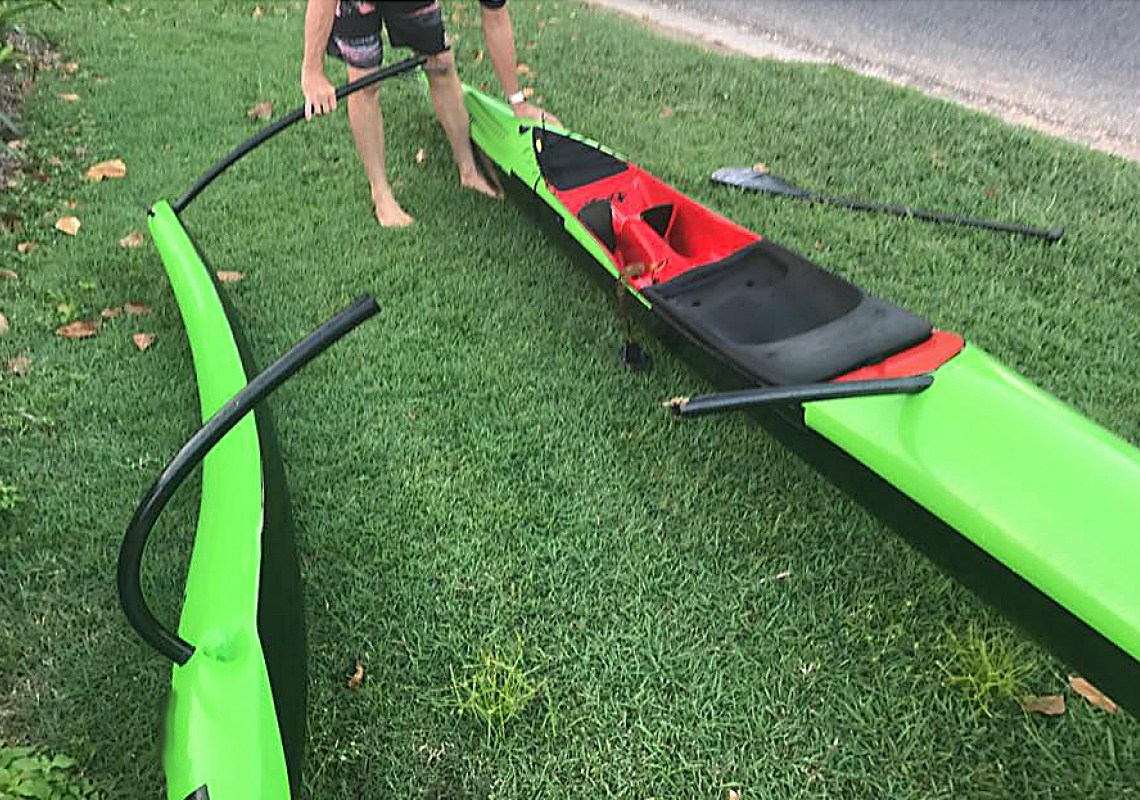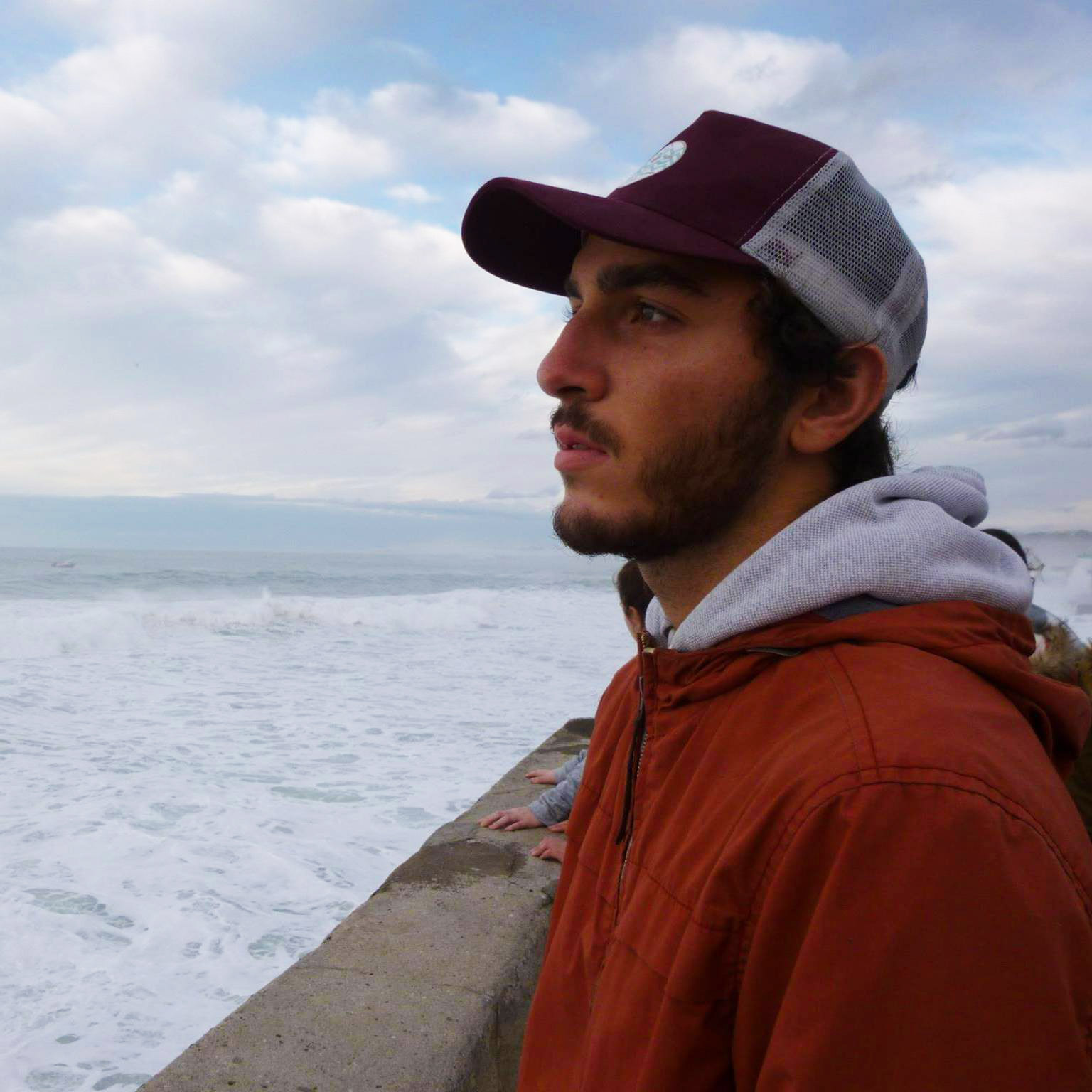Why Aluminum and not Carbon Fiber Iatos?
Iatos are booms that attach the outrigger to the canoe. Each canoe has two iatos that hold the outrigger in place. Aluminum iatos are tubular piece made from straight pipes that are bent.
What’s the difference between aluminum and carbon?
The diagram below shows the deformation of a material (in %) as a function of force applied to it (measured in Newtons).- Elasticity is reversible deformation, i.e. up to a given effort, the piece returns to its original form. Carbon’s elasticity is very high because it can resist very great efforts with deformation. However, aluminum’s elastic deformation is lower because it deforms sooner than carbon.
- Plasticity is the area where the applied force causes irreversible deformation. Aluminum is a material that can undergo deformations while carbon breaks.
- Fracture is the point where we observe a break in the material.
In summary, carbon fiber composites are very resistant but almost non-deformable materials, therefore breakable. Aluminum, however, is not very resistant but is deformable.
We can compare the behavior of aluminum with that of a fork while carbon behaves like a pencil.





0 Commentaire(s)
Laissez nous un avis sur l'article